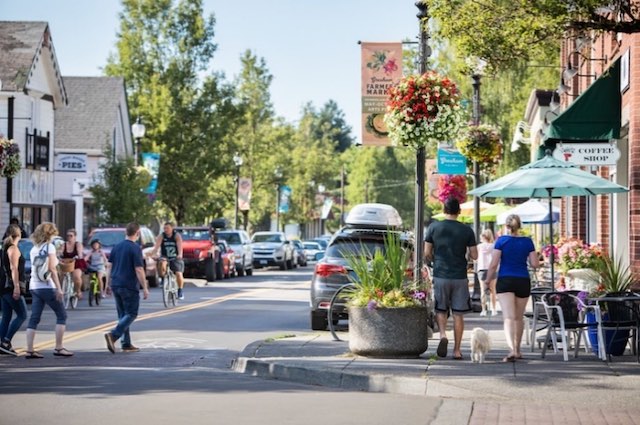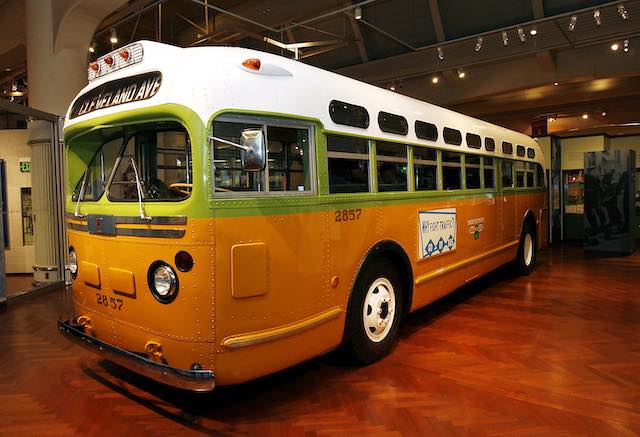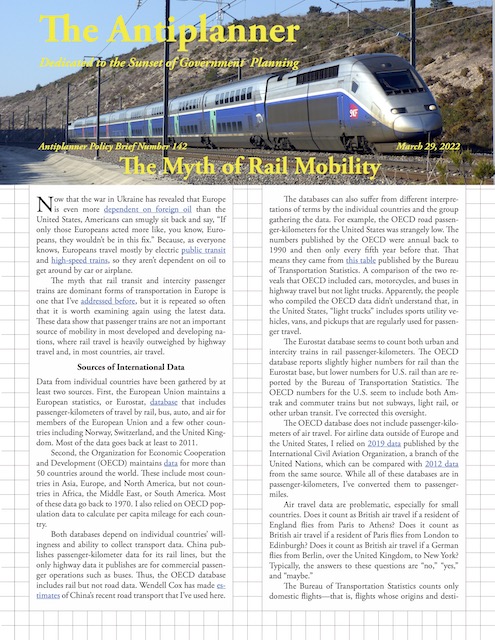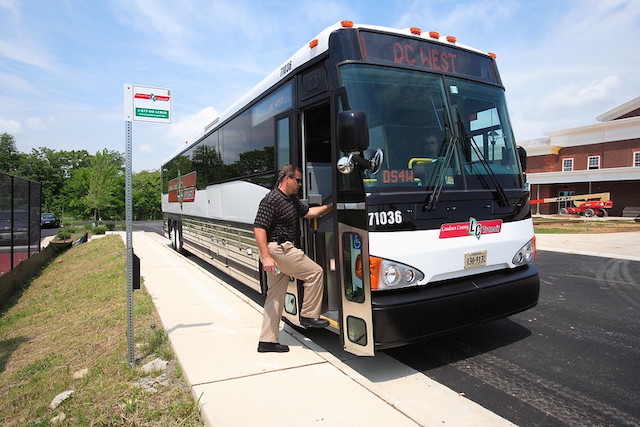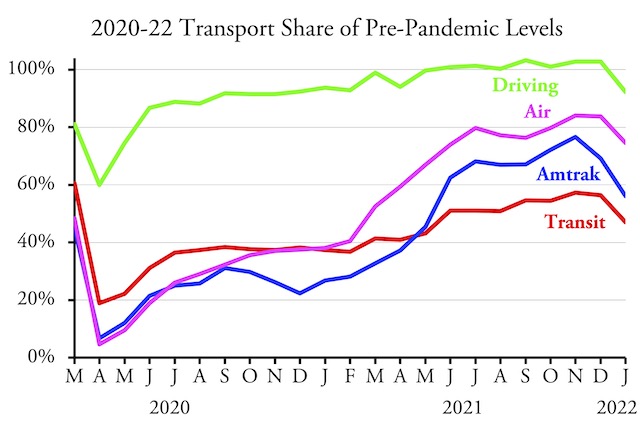“Equity is a complex issue” and “there is a decided lack of agreement regarding” the meaning of equity, says a recent paper by Joshua Schank of the left-of-center Mineta Transportation Institute. This “leaves substantial vulnerabilities for the idea of equity to be hijacked for political purposes.”
 Click image to download a copy of this paper.
Click image to download a copy of this paper.
As an example, Schank notes that Los Angeles voters approved funding for a bus-rapid transit line in the Vermont Avenue corridor, “one of the busiest transit corridors in the U.S.” But the LA Metro board held up the project based on the argument that it might be more “equitable” to build a subway in the corridor. Since subways take years to build, this “represents a very narrow view of equity that in practice postpones improvements for those who need them the most,” says Schank, adding that “the Board effectively delayed better transit service for the people in the corridor.” Continue reading

